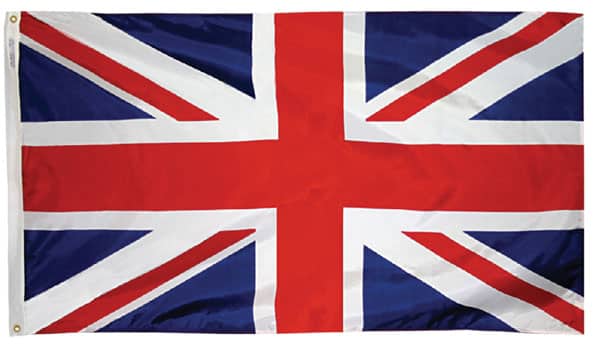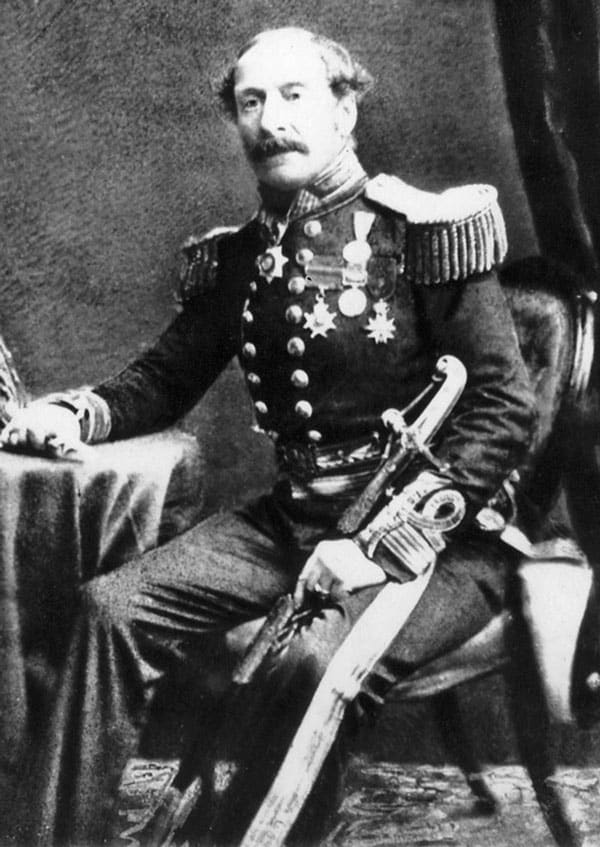Temporary British Rule in Hawai‘i
Great Britain had promised only to protect the Hawaiian Islands from other nations’ invasions. However, in 1843, British leaders called upon Kamehameha III to give up his throne so they could take over leadership of Hawai‘i. Three years before, a British consul named Richard Charlton had claimed that, in 1826, he was given a valuable piece of land in Honolulu. The lease was said to be for 299 years. It was supposedly given to Charlton by Kalanimoku when he functioned in a role like that of a prime minister under Kamehameha III. However, by Hawaiian tradition, this land belonged to Ka‘ahumanu. Charlton also had other complaints against the Hawaiian government concerning British rights in the islands. So, he put the matter before Lord George Paulet, commander of the British ship Carysfort. As a result, Lord Paulet sailed to Honolulu in February of 1843 to protect British interests. Kamehameha III told Paulet that he had already sent ministers to Great Britain to settle matters. This news, however, did not satisfy Paulet, and it soon became clear that the British officers were determined to seize the islands. Kamehameha III stepped down under protest and signed a paper giving control to Great Britain. The Hawaiian flag was lowered.
From February until the end of July of 1843, the Hawaiian Islands were under British rule. The British had promised that there would be no changes. However, they made many changes almost at once. They destroyed Hawaiian flags and changed Hawaiian names of ships and streets to English names. English officers formed a “Queen’s Regiment.” Three government schooners were taken by Paulet for the British, and the British even seized land and raised taxes.
Then, in July, the British ship Dublin came to anchor at Honolulu. On board was Admiral Richard Thomas. He came to right the wrong that had been done by Great Britain through Lord Paulet. In restoring the independence of Hawai‘i, Admiral Thomas acted on his own but within what he knew to be the policy of Britain. He met with Kamehameha III and gave Hawai‘i back to him and his people. Again the Hawaiian flag flew over the islands. On that day, the king spoke the words, “Ua mau ke ea o ka ‘āina i ka pono” (“The life of the land is preserved in righteousness”)—words that became the motto for the state of Hawai‘i. Hawai‘i was an independent nation, not under the control of any other. Admiral Thomas stayed in Honolulu for six months and earned the trust of the Hawaiian people. Thomas Square is named after him.


